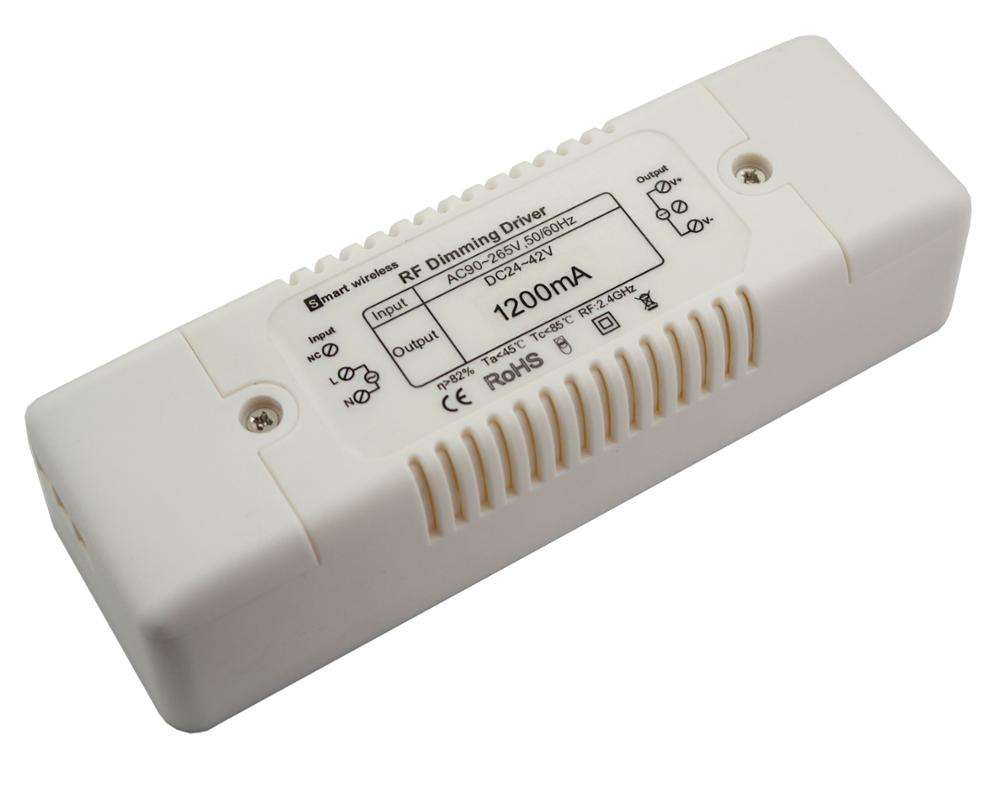What are the dimming options for LED drivers?
2022-03-01
There are currently three main dimming technologies: PWM dimming, analogue dimming, and digital dimming. Many drivers on the market are capable of supporting one or more of these dimming techniques.
PWM Dimming (Pulse Width Modulation) Dimming - This is a dimming technique that uses simple digital pulses to repeatedly switch the white LED driver on and off. The advantages of PWM dimming are its ability to deliver high quality white light, as well as its simplicity and efficiency.
However, PWM dimming has its disadvantages. This is mainly reflected in the fact that PWM dimming can easily generate audible noise in the driver circuit of the white LED. How is this noise generated? Usually white LED drivers are switching power supply devices with a switching frequency of around 1MHz, so there is no audible noise in the typical application of the driver. However, when the driver is PWM dimming, if the PWM signal frequency falls between 200Hz and 20kHz, the inductors and output capacitors around the white LED driver will generate noise audible to the human ear. This is why it is important to avoid using low frequency bands below 20kHz when designing.
We all know that a low frequency switching signal acting on an ordinary wire-wound inductor will cause the coils in the inductor to vibrate mechanically against each other, the frequency of that mechanical vibration falls right at the above frequency and the noise from the inductor can be heard by the human ear. The inductor generates part of the noise, the other part comes from the output capacitor. When the PWM signal is low, the white LED driver stops working and the output capacitor is discharged through the white LED and the resistor at the lower end. Therefore the output capacitor inevitably generates a large ripple during PWM dimming. In short, to avoid audible noise during PWM dimming, the white LED driver should be able to provide a dimming frequency that is beyond the audible range of the human ear!
As opposed to PWM dimming, if the resistance of the RS can be varied, the current flowing through the white LED can also be varied, thus varying the brightness of the LED. We call this technology analogue dimming.
The advantage of analogue dimming is that it avoids the noise generated by dimming. With analogue dimming, the forward conduction voltage drop of the LED is reduced as the LED current is reduced, resulting in a reduction in the energy consumption of the white LED. However, unlike PWM dimming technology, the white LED driver is always in operating mode during analogue dimming, and the power conversion efficiency of the driver decreases rapidly as the output current decreases. Therefore, the use of analogue dimming technology tends to increase the energy consumption of the whole system. A further disadvantage of analogue dimming is the quality of the light emitted. As it directly changes the current of the white LED, it makes the white light quality of the white LED change as well!
In addition to PWM dimming, analogue dimming, there is also digital dimming. White LED drivers with digital dimming technology will have a corresponding digital interface.


